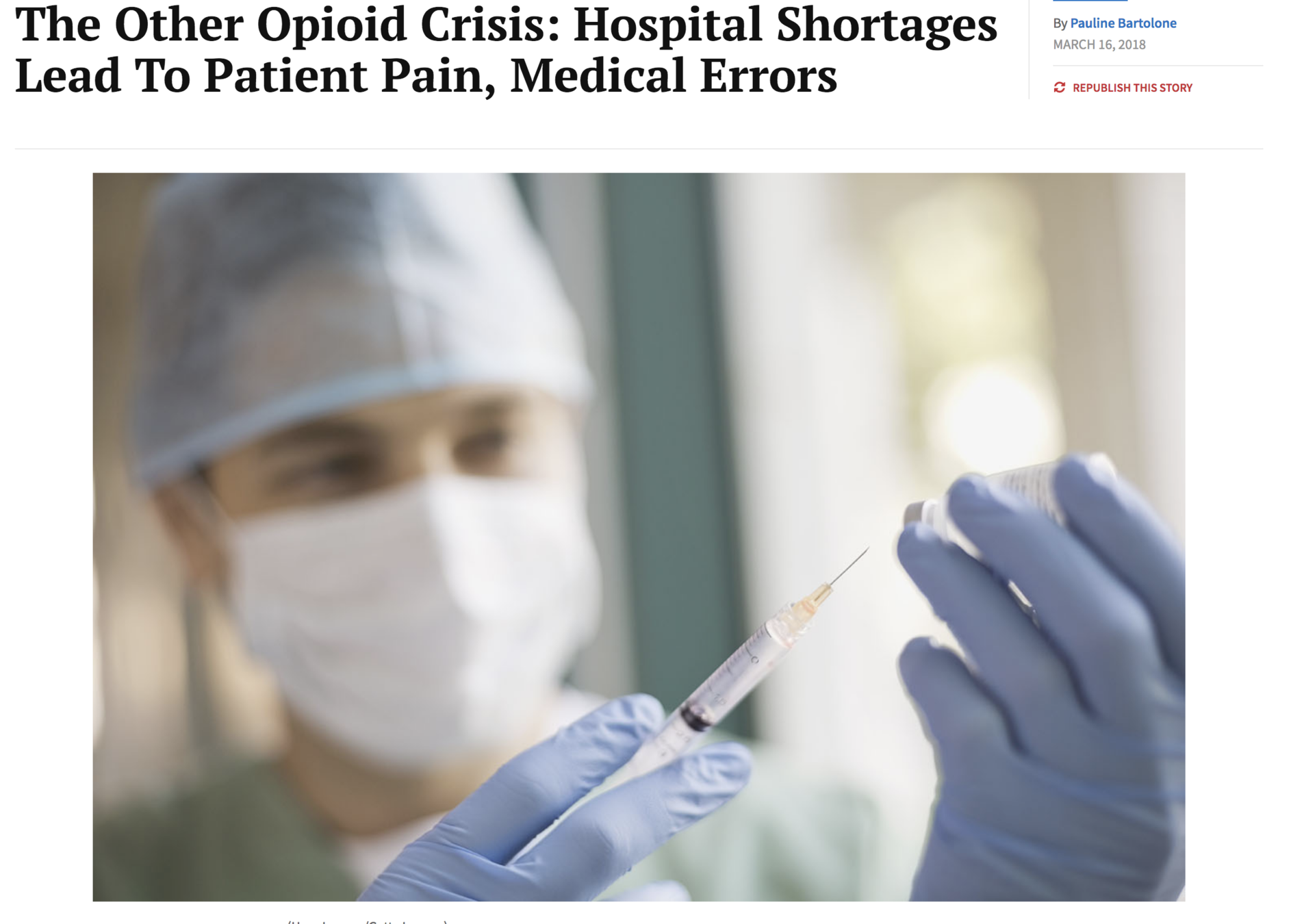
Title Text
Subtitle
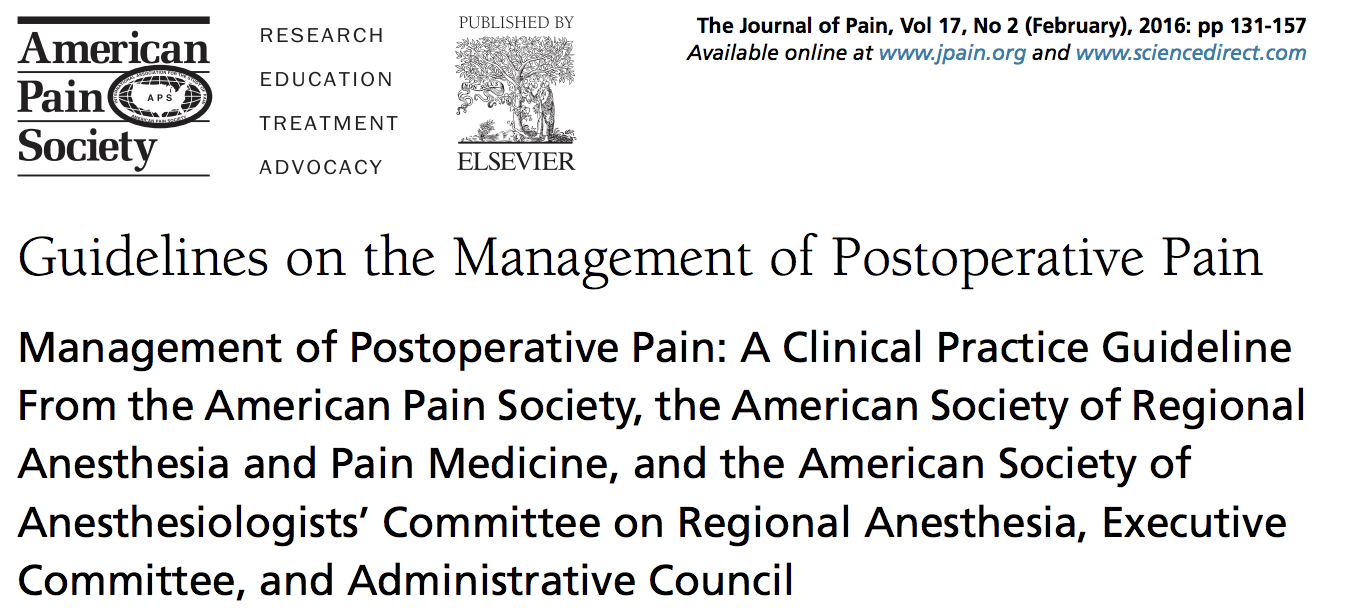
Grading of the Evidence and Recommendations
- consensus panel provided 32 recommendations
- 4 of 32 based on strong recommendation /high-quality evidence
- also included 6 with strong recommendation/ moderate quality evidence as they can decrease our opiate use
Journal of Pain 2016;17:131-157.
Preoperative Education and Perioperative Pain Management Planning
Recommendation 1
The panel recommends that clinicians provide patient and family-centered, individually tailored education to the patient (and/or responsible caregiver), including information on treatment options for management of postoperative pain, and document the plan and goals for postoperative pain management.
Journal of Pain 2016;17:131-157.
Use of Multimodal Therapies
The panel recommends that clinicians offer multimodal analgesia, or the use of a variety of analgesic medications and techniques combined with non-pharmacological interventions, for the treatment of postoperative pain in children and adults.
(strong recommendation/high quality evidence)
Journal of Pain 2016;17:131-157.
Multimodal Therapies
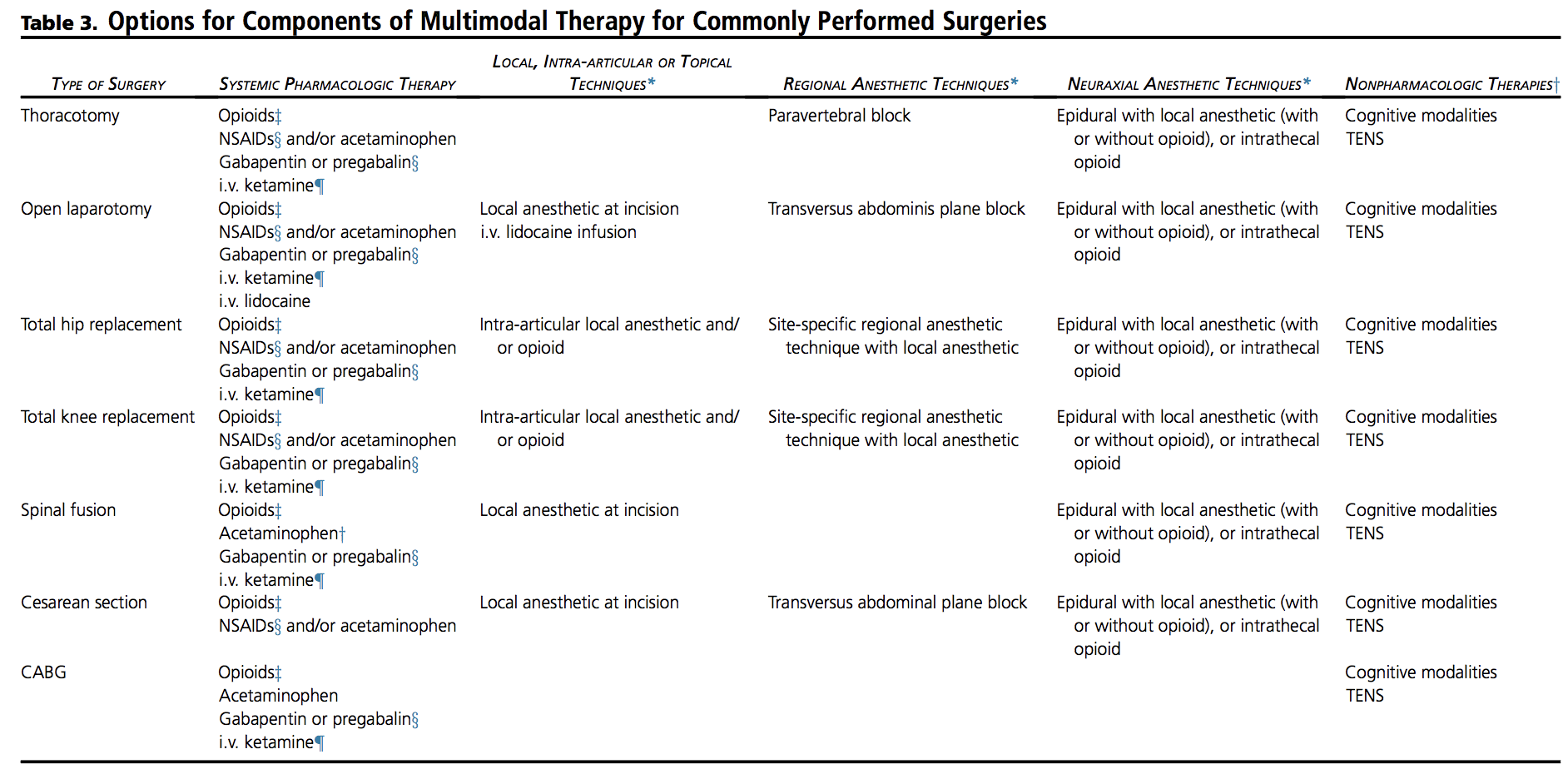
Journal of Pain 2016;17:131-157.
Tylenol and NSAIDs
The panel recommends that clinicians provide adults and children with acetaminophen and/or NSAIDs as part of multimodal analgesia for management of postoperative pain in patients without contraindications.
(strong recommendation/high quality evidence)
Journal of Pain 2016;17:131-157.
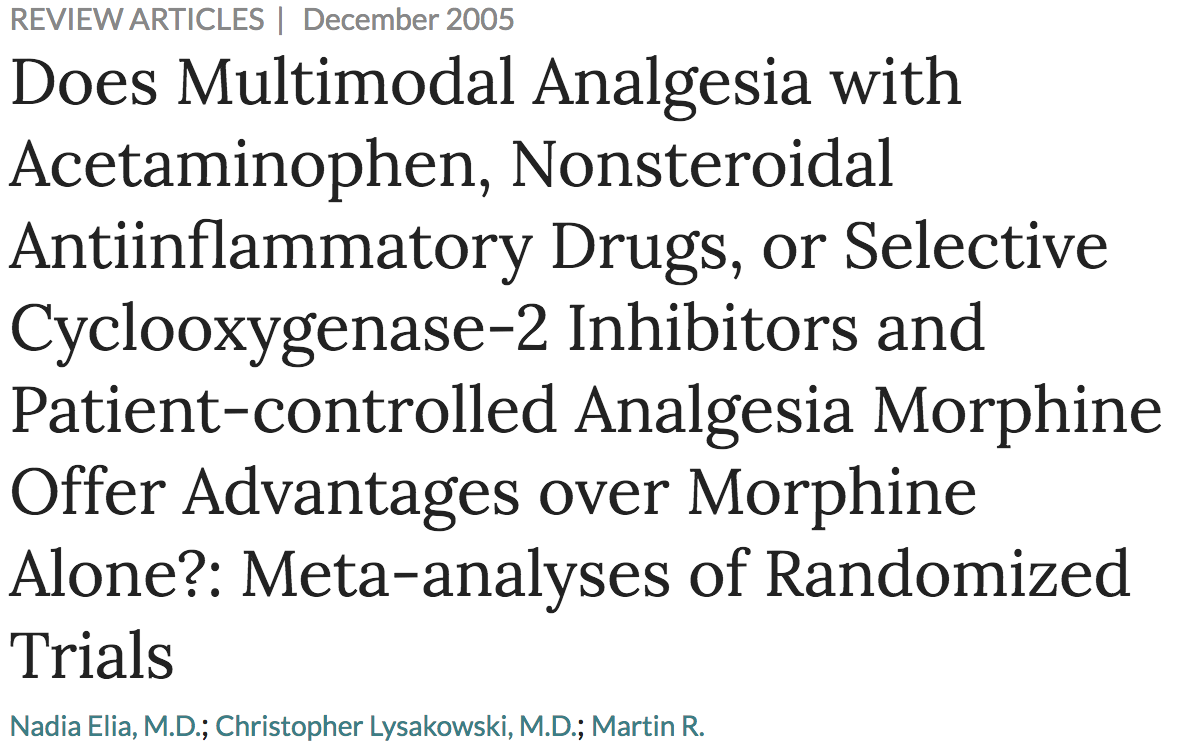
Anesthesiology 2005;103:1296-1304.
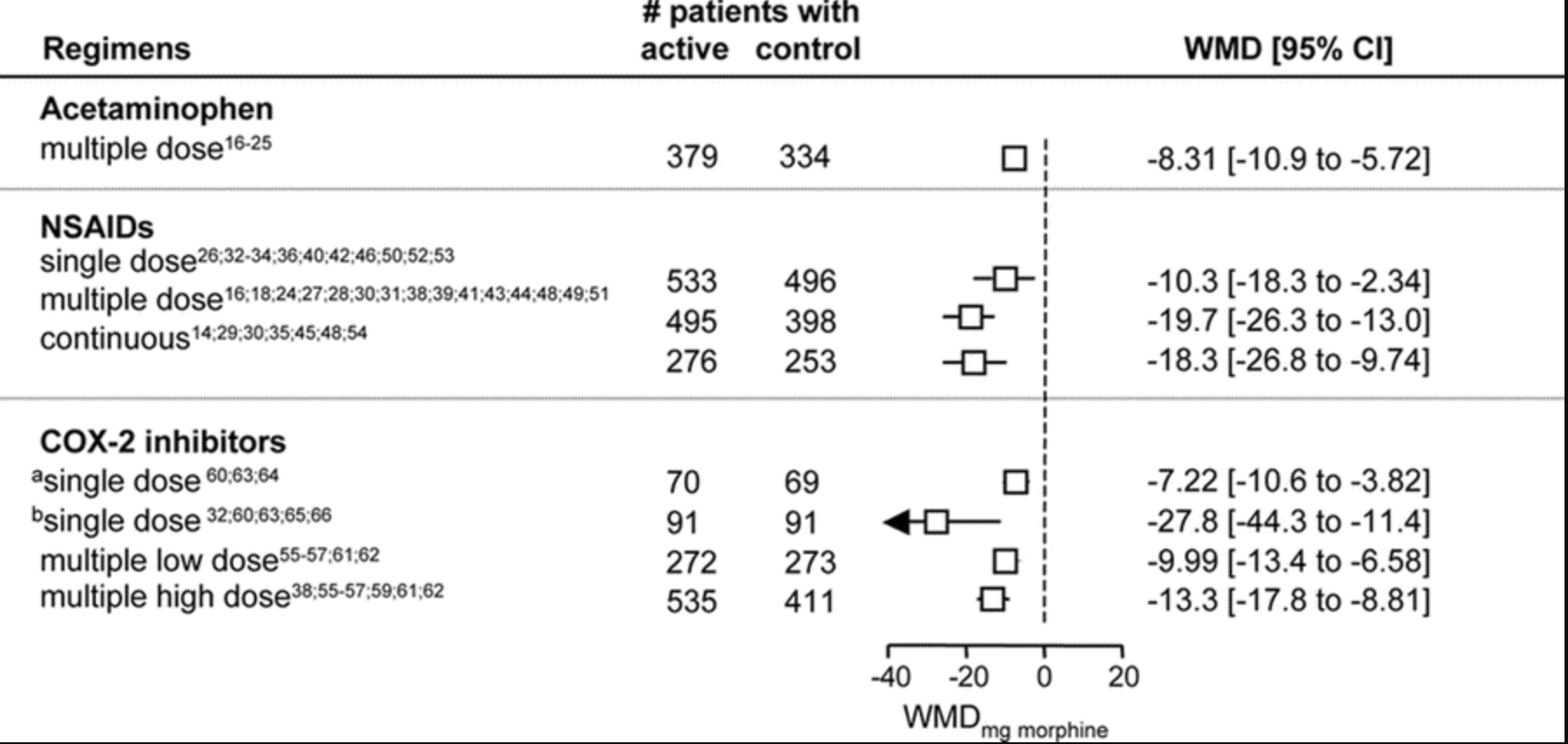
WMD weighted mean difference
Anesthesiology 2005;103:1296-1304.
Regional Anesthesia
The panel recommends that clinicians consider site-specific peripheral regional anesthetic techniques in adults and children for procedures with evidence indicating efficacy.
(strong recommendation/high quality evidence)
Journal of Pain 2016;17:131-157.
Use of Neuraxial Therapies
The panel recommends that clinicians offer neuraxial analgesia for major thoracic and abdominal procedures, particularly in patients at risk for cardiac complications, pulmonary complications, or prolonged ileus.
(strong recommendation/high quality evidence)
Journal of Pain 2016;17:131-157.
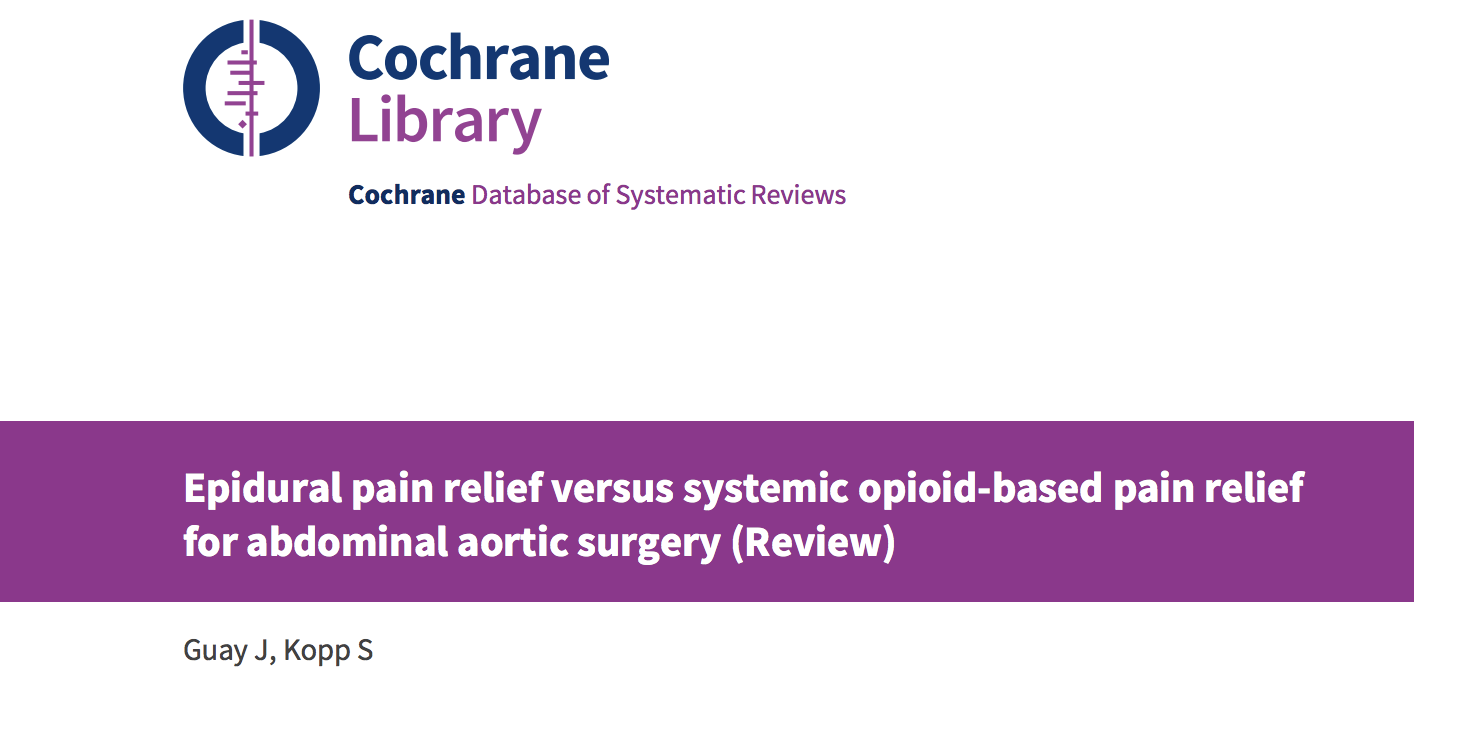

Cochrane 2012.

Use of Systemic Pharmacolgical Therapies
The panel recommends oral over intravenous (i.v.) administration of opioids for postoperative analgesia in patients who can use the oral route.
(strong recommendation/moderate quality evidence)
Journal of Pain 2016;17:131-157.
A Randomized Trial of Oral versus Intravenous Opioids for Treatment of Pain after Cardiac Surgery
Ruetzler,et al
- 51 patients undergoing cardiac surgery
- after rapid postoperative weaning, randomized to oral opioid versus IV morphine
- total opioid dose significantly less with oral opioid versus IV morphine : 34 mg vs. 69 mg
- pain scores similar
J Anesth 2014;28:580-6.
- 0.1 mg / kg morphine IV OR
- 0.125 mg/kg oxycodone orally

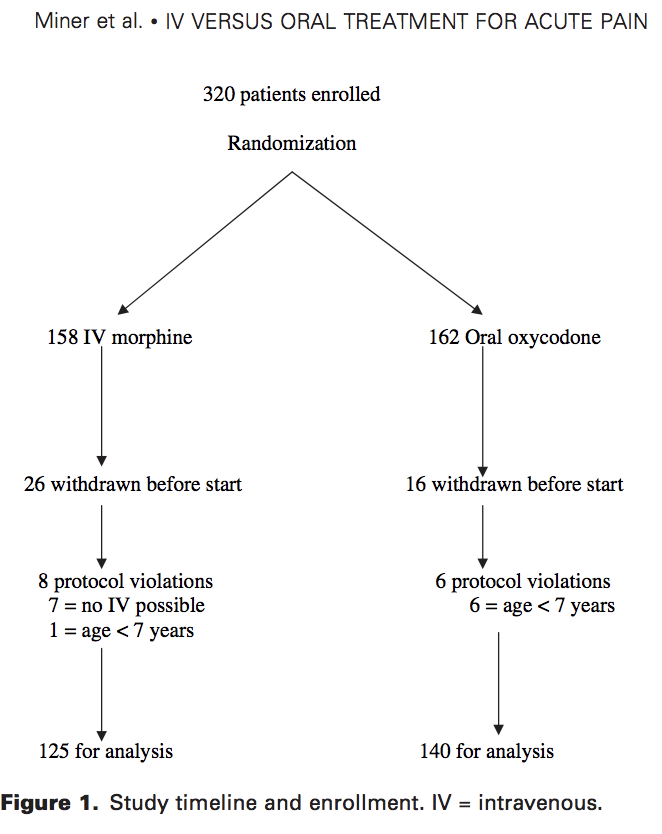
Academic Emergency Medicine 2008;15:1234-1240.
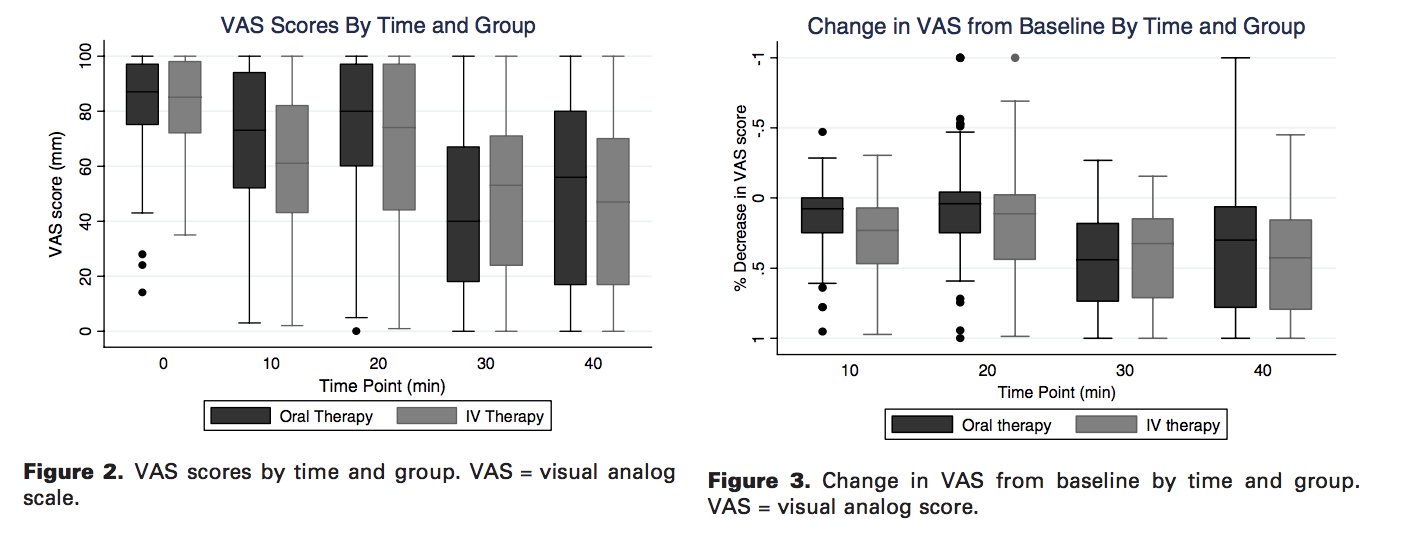
Academic Emergency Medicine 2008;15:1234-1240.
The panel recommends that i.v. patient controlled analgesia (PCA) be used for postoperative systemic analgesia when the parenteral route is needed.
(strong recommendation/moderate quality evidence)
Journal of Pain 2016;17:131-157.
Use of Systemic Pharmacolgical Therapies
The panel recommends against routine basal infusion of opioids with i.v. PCA in opioid- naive adults.
(strong recommendation/moderate quality evidence)
Journal of Pain 2016;17:131-157.
Use of Systemic Pharmacolgical Therapies
The panel recommends that clinicians consider giving a preoperative dose of oral celecoxib in adult patients without contraindications.
(strong recommendation/moderate quality evidence)
Use of Systemic Pharmacolgical Therapies
Journal of Pain 2016;17:131-157.

Anesthesiology 2005;103:1296-1304.
The panel recommends that clinicians consider use of gabapentin or pregabalin as a component of multimodal analgesia.
(strong recommendation/moderate quality evidence)
Use of Systemic Pharmacolgical Therapies
Journal of Pain 2016;17:131-157.
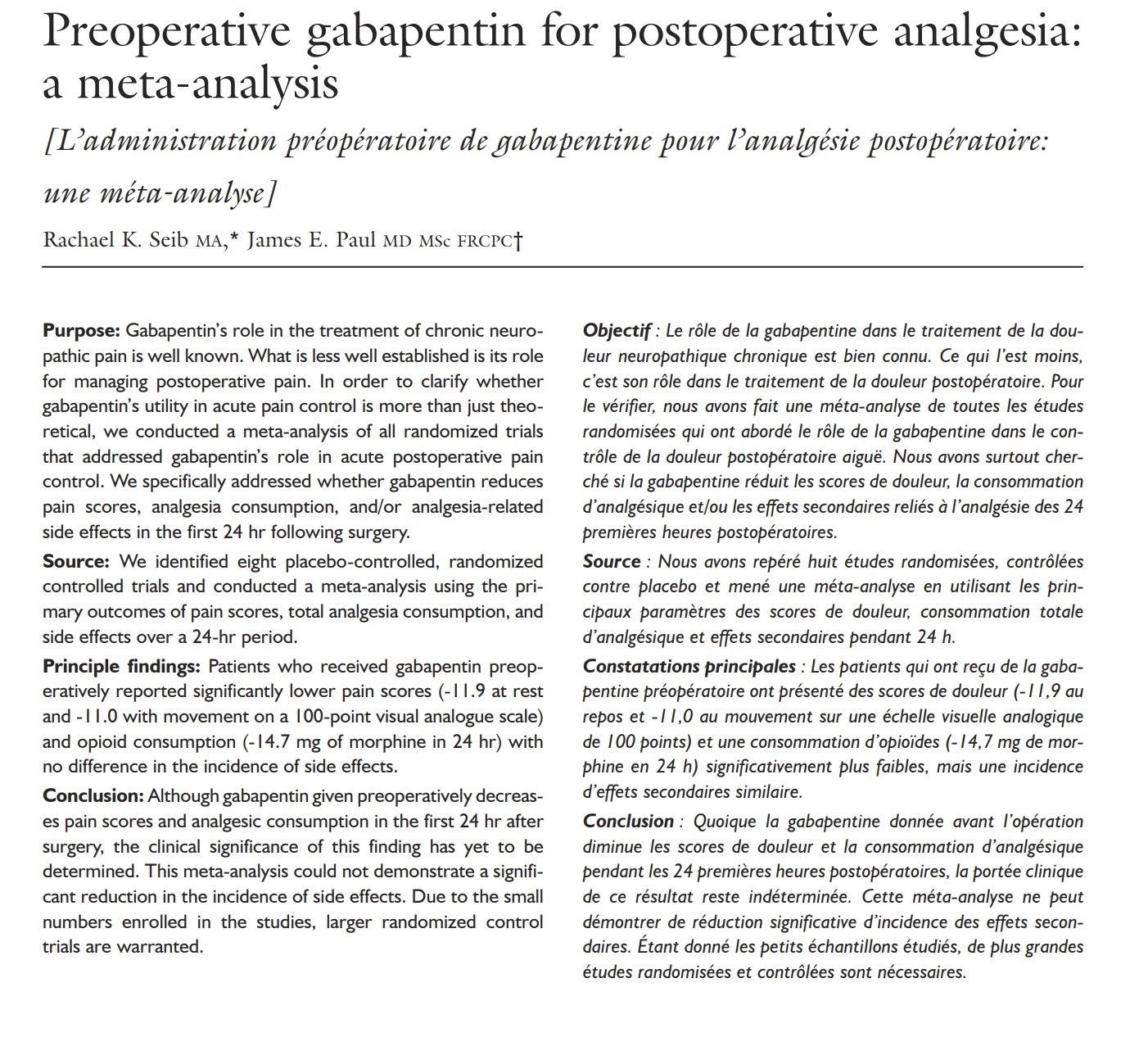
Can J Anesth 2006;53:461-9.
-14.7 mg of morphine in 24 hr
Use of Peripheral Regional Anesthesia
The panel recommends that clinicians use continuous, local anesthetic based peripheral regional analgesic techniques when the need for analgesia is likely to exceed the duration of a single injection.
(strong recommendation/moderate quality evidence)
Journal of Pain 2016;17:131-157.
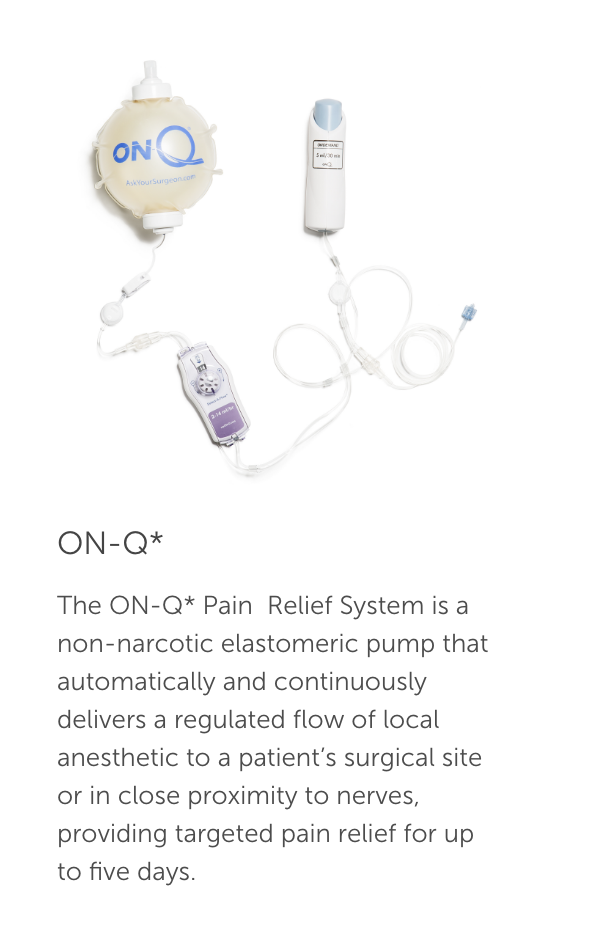
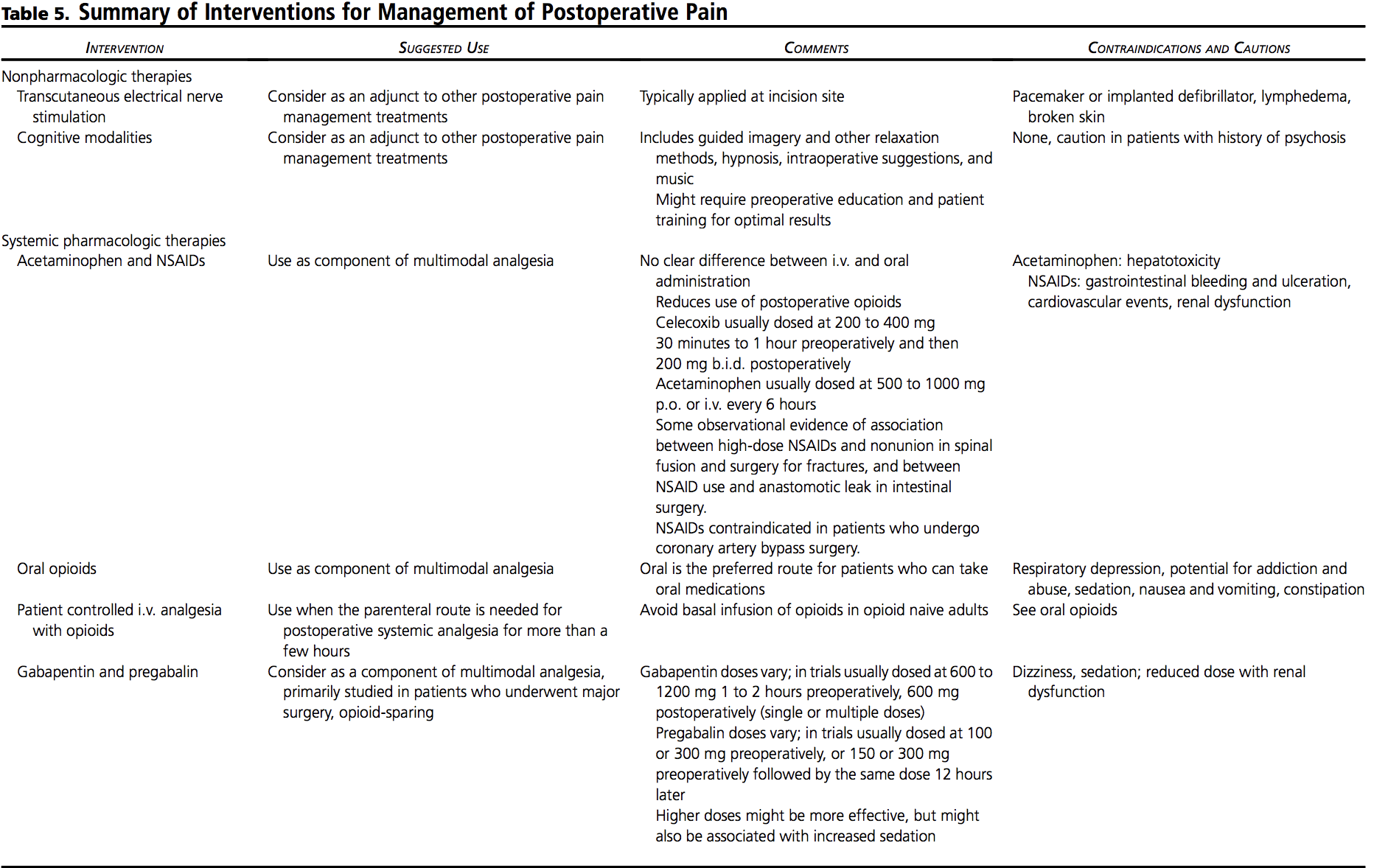
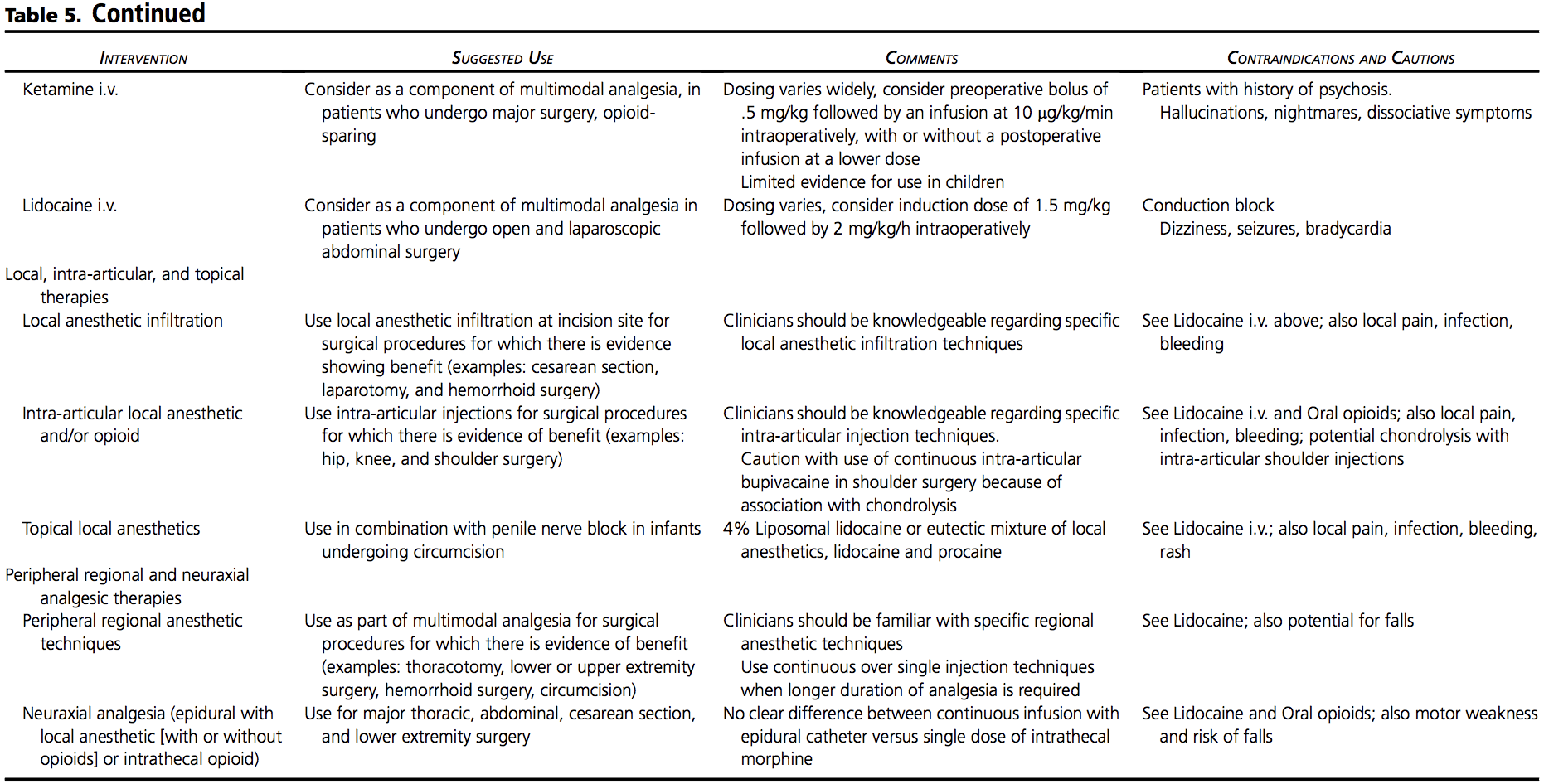
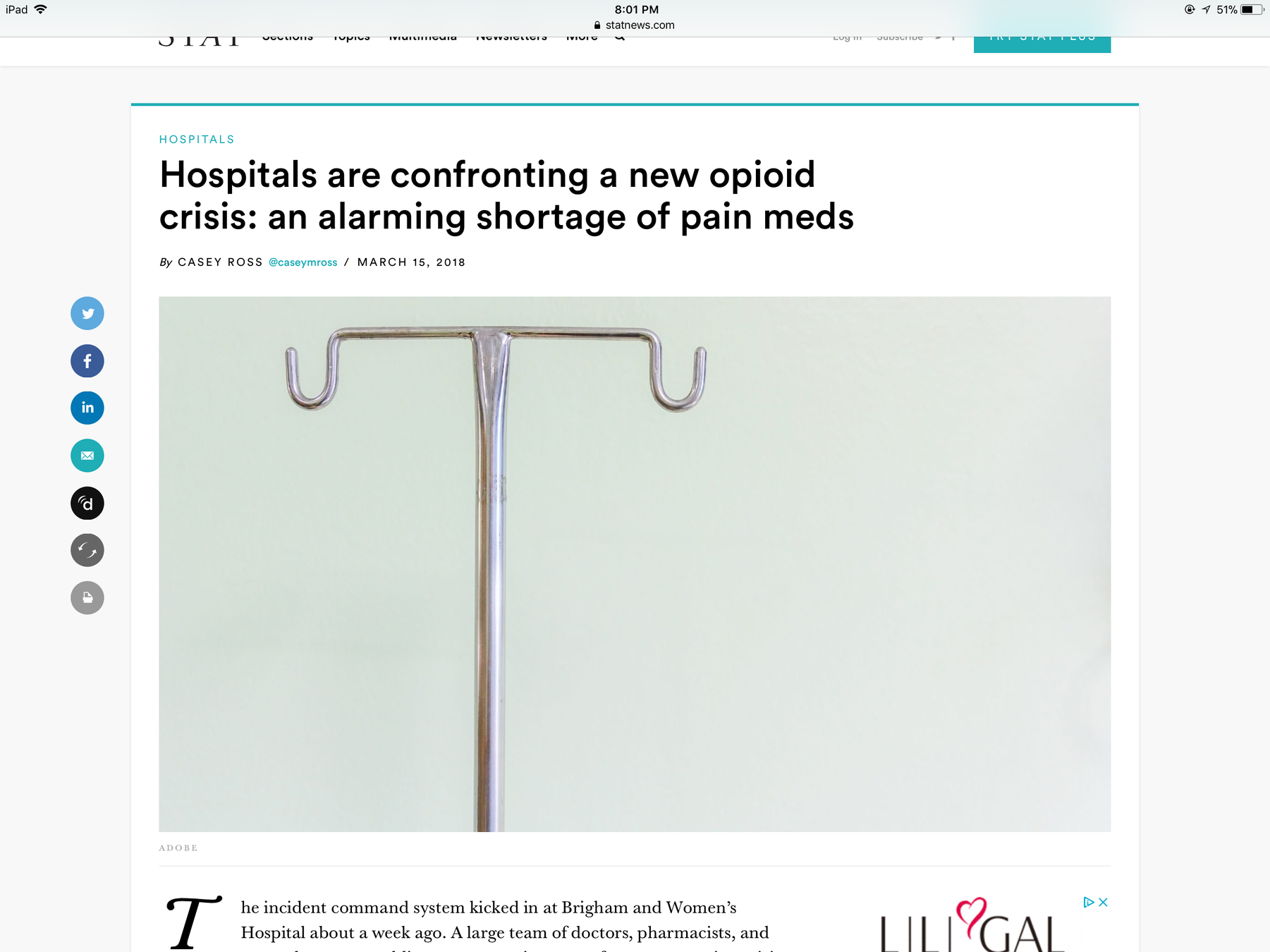
Pain Management Guidelines, 2018
By l kuestner
Pain Management Guidelines, 2018
- 1,438

